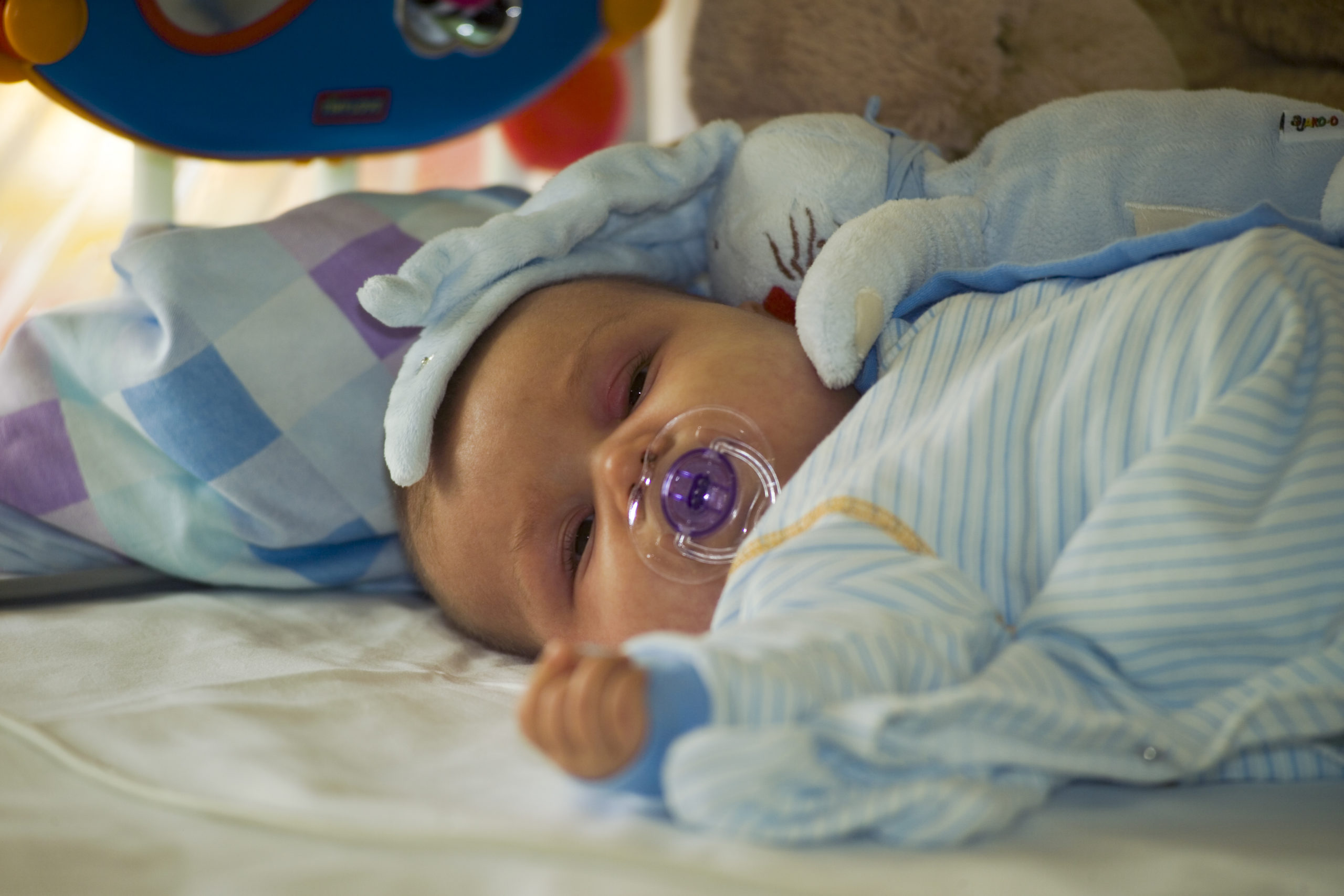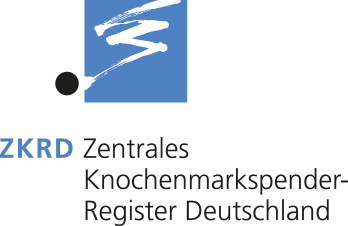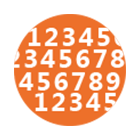Umbilical Cord Blood Donation
Umbilical cord blood is the blood that remains in the umbilical cord and placenta after a child is born and the cord has been cut. This cord blood contains millions of valuable stem cells that can be transplanted in precisely the same way as stem cells and bone marrow. In Germany, the significance of cord blood donation has declined due to the widespread willingness of potential donors and is therefore rarely undertaken, unlike in other countries. In exceptional cases and if the search for a donor proves particularly difficult, however, cord blood will still be used in Germany.
Advantages |
Disadvantages |
|---|---|
| Low risk of infection during transplantation | Limited quantity of stem cells that often will not suffice for transplantation in adults |
| Low-risk donation | Delayed blood formation in the patient after transplantation (aplasia) |
| Donated cells available immediately | Possibly undetected genetic disposition for serious diseases |
| Laborious process of donor preparation unnecessary | |
| Increased immunological tolerance if the HLA characteristics of the donated cells and recipient do not match exactly |
Collection of umbilical cord blood
After birth, the vein at the end of the cord is punctured to drain the residual blood from the umbilical cord and placenta into a special collection system. This is transported to a cord blood bank, where it is centrifuged. The cell concentrate thus obtained is mixed with a preservative solution and stored in liquid nitrogen at -135°C.
 Parents can choose between two options: While storage in a public cord blood bank is free of charge and the stem cells from the cord blood can be made available to any patient worldwide, commercial, private cord blood banks offer individual donors storage, for a fee, in the event that they require the service themselves in the future. With some diseases, however, such as congenital conditions, the cord blood is already affected and thus cannot be used for transplantation.
Parents can choose between two options: While storage in a public cord blood bank is free of charge and the stem cells from the cord blood can be made available to any patient worldwide, commercial, private cord blood banks offer individual donors storage, for a fee, in the event that they require the service themselves in the future. With some diseases, however, such as congenital conditions, the cord blood is already affected and thus cannot be used for transplantation.
Reasons for ruling out a cord blood donation
A pregnant woman may not donate umbilical cord blood if any of the following applies to the mother, father, or a member of the family:
- Mother under 18 years of age
- Complications during pregnancy
- Certain illnesses in the mother or the (biological) father
- Severe infectious diseases in the mother (e.g. HIV or hepatitis)
- Addiction in the mother
- Genetic diseases in the family
- Mother belongs to a risk group according to the guidelines of the German Medical Association
More detailed information on the reasons for exclusion and on the birth centers where cord blood can be collected for a donation can be obtained directly from the cord blood banks..
Public cord blood banks in Germany
List of public cord blood banks that make their data available through the ZKRD:
DKMS Stem Cell Bank gGmbH
Universitätsklinikum Erlangen
Transfusionsmedizinische und Hämostaseologische Abteilung
Web: www.transfusionsmedizin.uk-
erlangen.de
Deutsche Stammzellspenderdatei Nabelschnurblut (DSSD)
Institut für Transfusionsmedizin und Immunologie DRK-Blutspendedienst Baden-Württemberg –Hessen gGmbH
Web: www.stammzellspenderdatei.de/
nabelschnurblut/
The cord blood banks in Gauting and Hannover no longer accept new cord blood donations, but their current stocks are still available to the ZKRD for donor searches:
Stiftung Aktion Knochenmarkspende Bayern
Web: www.akb.de
Deutsche Nabelschnurblutbank
Web: www.nkr-mhh.de
Questions and answers
The most frequently asked questions and answers about typing and stem cell donation can be found in our FAQs.
International donor numbers
Thanks to the tireless work of the donor centers, our database continues to grow. You can find the exact data in our diagram on donor numbers.
Would you like to sign up?
Simply contact your nearest donor center. More information about the donor centers and their locations can be found on our address page.




